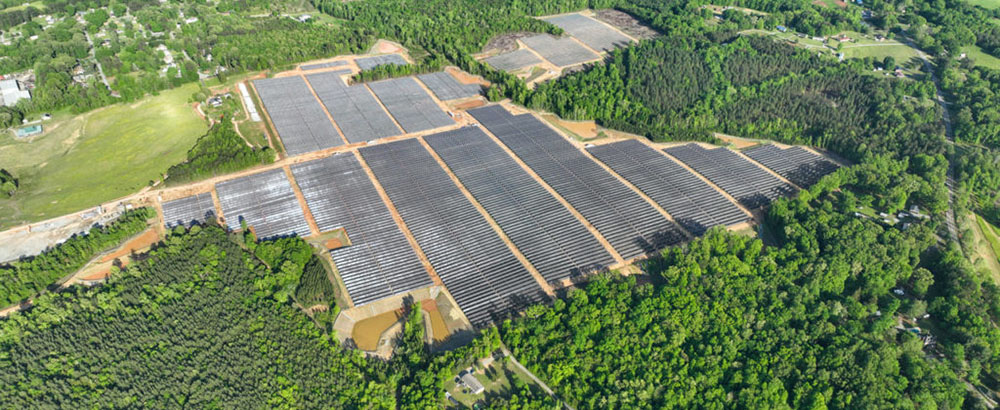
Search...
According to research published earlier this year in the journal Advances in Photovoltaics, Europe has the potential to deploy 51TW of agricultural supporting solar photovoltaics, or agricultural photovoltaics.

Taking into account both power generation and agricultural potential, the researchers found that 51TW of agricultural PV capacity across Europe (equivalent to 71,500TWh per year) – 25 times Europe’s current electricity demand – would be feasible if all possible land was utilized.
The study considered three agricultural PV configurations: single-sided fixed-tilt modules suspended above agriculture, single-sided single-axis modules equipped with trackers that change angles throughout the day, and vertical bifacial modules set in fence-like rows.
The 51TW discovery was based on a test scenario from one oil field in Denmark, which was then mathematically extrapolated to simulate other parts of the European continent. The optimal capacity density for agricultural PV is around 30w per square meter as it allows at least 80% of the land to still be available for crops.
The results are unevenly distributed across the continent, with the potential for agricultural PV penetration ranging from 1% of available land in Norway to 53% in Denmark. Lower latitudes also tend to provide greater solar irradiance and greater energy production.
Sustaining electricity and agricultural production on the same land is the key to agricultural photovoltaics, and this approach has the potential to eliminate many of the problems facing the photovoltaic industry and agriculture, such as available land, food and energy security, local communities, etc. Opposition, NIMBY and the wider climate crisis.
Among modular configurations, single-axis tracking seems the most promising, but also the most expensive. The study found that single-axis tracking and vertical modules provided the most consistent solar irradiance reaching the ground, and tracking also provided the highest power output. Not surprisingly, fixed-tilt modules create noticeable streaks of shadow on the ground, impacting crop yields, and are not optimized to be consistent throughout the day.
The Dutch government last week effectively moved to ban the use of agricultural photovoltaics on Dutch farmland, a move that sparked panic among representatives of the country's solar industry as protests by farmers over plans to scale back the industry continued.
Agricultural photovoltaics can provide benefits for crop production and power generation, and many adopters hope to strike a balance between photosynthesis and photovoltaics to effectively optimize land use. The most obvious and important issue is land sharing itself, and the greater practical and economic use that comes with producing food and electricity in the same area.
In addition to this, photovoltaic modules can provide shade and shelter in dry climates, make irrigation and water retention easier, and thus foster a more vibrant ecosystem beneath them. Crops beneath or near the panels can also be cooled by evaporating water vapor, increasing their efficiency.